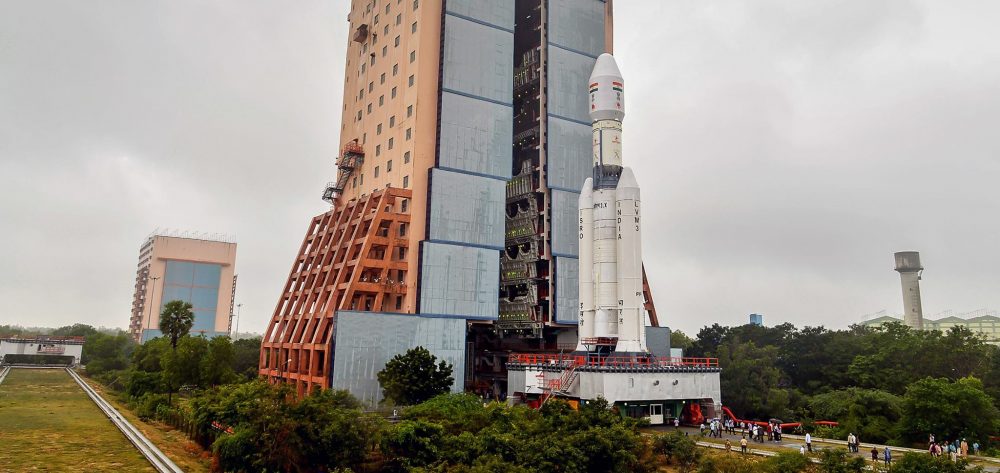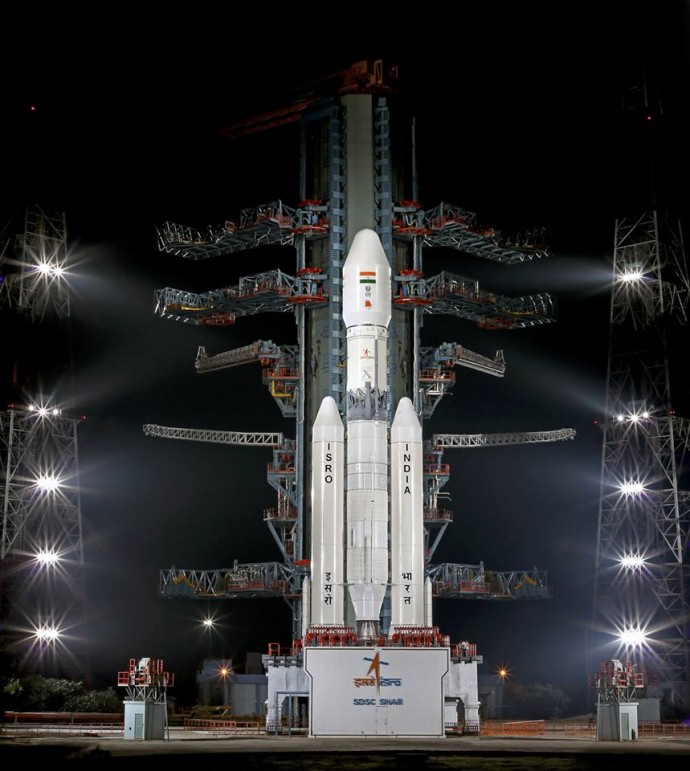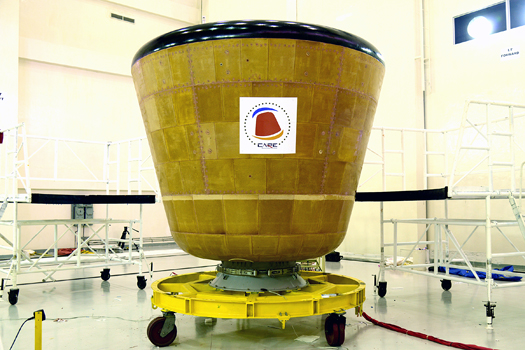ISRO’s Heaviest Rocket Successfully Lifts Off With An Unmanned Crew Module

The resurgence of the space age seems to be right around the corner. This year saw two orbiters reaching Mars from earth, one of them being India’s Mangalyaan or Mars Orbiter Mission. The Rosetta mission set new horizons for humanity by being the first man-made object to reach a comet. Nasa successfully tested the Orion capsule that might someday take astronauts to Mars. The Indian Space Research Organization (ISRO), which is still on a high of success of the Mangalyaan, today hit another milestone when they launched the GSLV Mark III.
It is the heaviest rocket in India’s space arsenal with a mass of 630,000 Kilograms. The rocket today carried an unmanned prototype crew capsule (CARE) which will someday, hopefully soon, carry astronauts into space. This might be the ride of the next generation.
GSLV Mark III or LMV3 shot off into space at 9.10 AM from the Satish Dhawan Space Centre. The rocket is a part of the third generation of Indian rockets and is a completely new vehicle. The first stage of the rocket called L110 is powered by two Vikas engines which are derived France’s Viking series used on Ariane rockets. The second stage of the rocket was loaded with liquid nitrogen to stimulate propellant instead of real fuel. Today’s launch was conducted to test the flight validation of the launch vehicle and its new telemetric systems along with the crew module.
This was the first attempt by India to send a crew module up in space. The module is called the Crew Module Atmospheric Reentry Experiment (CARE). The module separated at an altitude of 126 KM and began its descent towards the surface. The parachute successfully deployed and brought the module safely down in the Bay of Bengal about 180 km off the Andaman Nicobar Islands where it will be retrieved by the coast guards.
Today’s launch is one significant bookmark in the pages of ISRO’s history. Amongst the developing states, India’s space organization holds special mentions for its achievements despite low budgets. Space research involves all sciences and it results in the invention of technologies that improve the way of our existence. A country can achieve a great deal if it invests in its scientific infrastructure and it is encouraging to see India’s proactive engagement with the space outside the atmosphere. We certainly wish to see the Indian flag on the moon someday!
Watch the entire launch progress right here.

























 ! For i
! For i